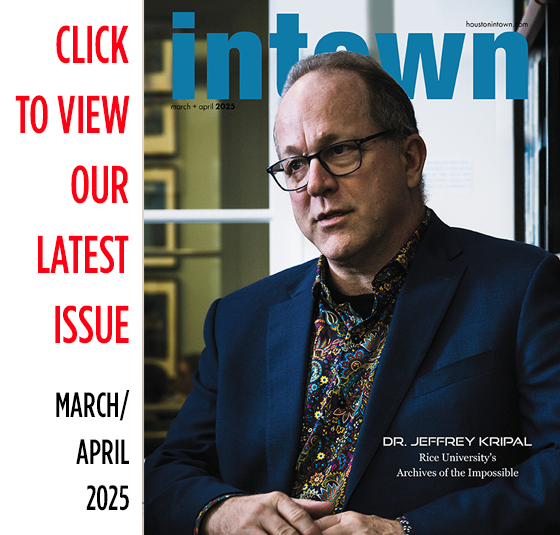The Menil Collection Hosts A First
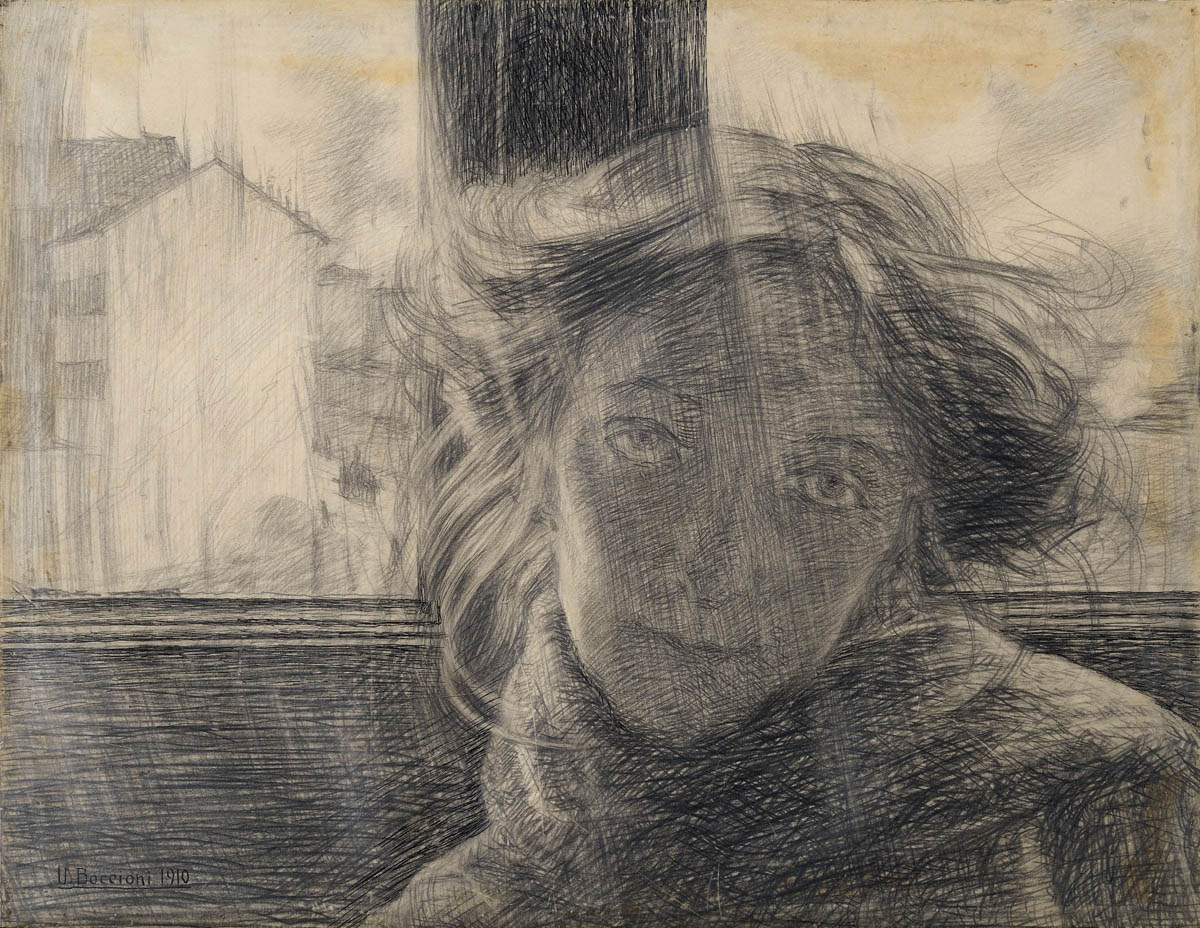
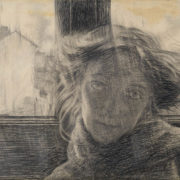
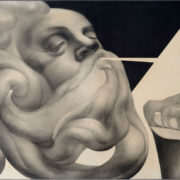
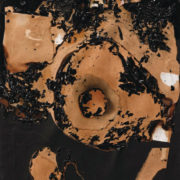
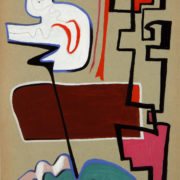 +4
+4 The Menil Collection Hosts A First
The Menil Collection Hosts A First
The Menil Collection Hosts A First
The Menil Collection Hosts A First
The Menil Collection Hosts A First
The Menil Collection Hosts A First
The Menil Collection Hosts A First

The Menil Collection is pleased to announce Silent Revolutions: Italian Drawings from the Twentieth Century, the first large-scale survey of twentieth-century Italian drawings mounted in the United States. The exhibition, presenting works largely selected from the Collezione Ramo in Milan, will be exclusively on view at the Menil Drawing Institute from November 14, 2020, through April 11, 2021.
Silent Revolutions will feature 70 drawings by Umberto Boccioni, Alighiero Boetti, Giorgio de Chirico, Lucio Fontana, Jannis Kounellis, Maria Lai, Carol Rama, and others. The works on view will be augmented with several drawings from the Menil’s own collection.
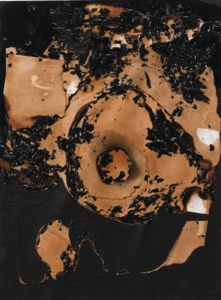
Rebecca Rabinow, director of the Menil Collection, said: “Silent Revolutions aims to introduce our visitors to the essential and multifaceted, yet often overlooked role that drawing played during a remarkably creative period of Italian art. We look forward to presenting these exquisite drawings from the Collezione Ramo and exploring their affinities with works in our own permanent collection.” For most of the twentieth century, Italy generated a continuous series of revolutionary artistic movements that significantly influenced international artists. From Futurism to Spatialism to Arte Povera, and beyond, artistic production in Italy was characterized by a high level of innovation. Nowhere was this creative spirit more manifest than in the realm of drawing, which gave Italian artists free rein to experiment with a wide range of materials and techniques and allowed them to create new artistic concepts and styles. Artists produced autonomous works in their own right, as well as studies exploring ideas to be potentially realized in other mediums. Through drawing, artists tackled themes as varied as history and myth, language, subjectivity, the body, the modern city, space, and abstraction.
One of the earliest works in the exhibition, Against the Light (Controluce), is a haunting masterpiece by Umberto Boccioni (1882–1916) made in 1910. The drawing depicts the head of a young woman in front of a window with oblique rays of light falling across her face. The composition’s innovative sense of transparency hints at Boccioni’s theoretical interest in the optical interpenetration of bodies, which he further developed as part of his involvement with the revolutionary aesthetic of the Futurism movement. Another highlight of the display is Untitled (Combustion), a powerful piece from 1957 by Alberto Burri (1915–95), a central yet singular figure of the postwar period who used unconventional materials and processes ―burning in this instance―to make pioneering work that destroyed and reconceptualized the Western pictorial tradition. The artist’s novel approach to manipulating modest materials, which transcended the painted surfaces and gestural qualities of contemporaneous Abstract Expressionism and European Art Informel, had a profound impact in Italy and beyond.
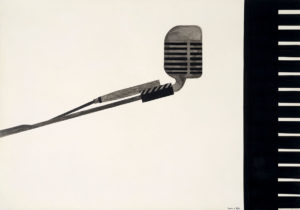
Alighiero Boetti (1940–94), another influential figure of postwar European art, made work characterized by its material diversity and conceptual ingenuity. In the mid-1960s, Boetti explored his fascination with the modern, technological object in a refined series of arresting ink drawings, including the piece Untitled, 1965. Starkly composed against the white of the paper left largely in reserve, the drawing graphically confronts the viewer with a microphone shown in profile and a keyboard seen from above. Born on the island of Sardinia, Maria Lai (1919–2013) developed an artistic language informed by the folklore and traditions of her native region, particularly the ancient practice of needlework. Her work in this exhibition, Diary (Diario), 1979, is typical of Lai’s imagery as it uses sewing as a form of drawing. This poetic piece is part of a group of stitched books she made using fabric, paper, and thread. Her illegible narratives movingly allude to the difficulties and complexities of human communication. Active on the margins of the dominant art movements of her day, Lai forged a deeply personal path of her own.
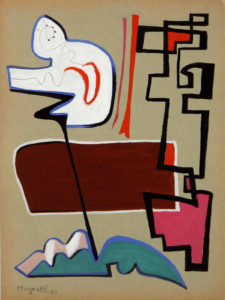
Edouard Kopp, John R. Eckel, Jr. Foundation Chief Curator, Menil Drawing Institute, said: “Silent Revolutions highlights a period of Italian art that, save perhaps for a select few movements and artists, is not well-known in the United States. During this time, artists broke new aesthetic ground in so many ways and did so with a dizzying sense of creativity, particularly in the field of drawing. For Italian artists of the twentieth century, drawing proved not only a powerful creative tool and a versatile means of expression but also the site of spirited―and indeed revolutionary―dialogues between form and matter, tradition and innovation, figuration and abstraction, the local and the universal.” Irina Zucca Alessandrelli, Curator, Collezione Ramo, said: “This is the first time that Collezione Ramo has been hosted by a U.S. museum of such prestige. It is a great honor not only to have been invited by one of the most important institutions in the world as far as drawing is concerned, but also to play a part in a splendid story of European collecting in America, so profoundly marked by a faith in peace, by the need for spirituality, and by a commitment to civil rights. These ideals are still indispensable and more relevant than ever today.”
Armando Varricchio, Ambassador of Italy to the United States, said: “The exhibition on Italian drawings of the twentieth century hosted by the Menil Drawing Institute, in collaboration with the Collezione Ramo, will shed new light on some of the most quintessential movements in Italian arts and culture. From Futurism to Metaphysical Art, Spatialism to Arte Povera and beyond, this carefully curated exhibition, featuring artists such as Lucio Fontana, Maria Lai, and Umberto Boccioni, will enthuse the many viewers and connect them even more to Italy and its marvels.”
This exhibition is co-organized by Edouard Kopp, John R. Eckel, Jr. Foundation Chief Curator, Menil Drawing Institute, and Irina Zucca Alessandrelli, Curator, Collezione Ramo.
A publication about Collezione Ramo, Italian Drawings of the 20th Century by Irina Zucca Alessandrelli, will be available in the Menil Collection Bookstore for purchase.
About the Menil Collection
Houston philanthropists and art patrons, John and Dominique de Menil established the Menil Foundation in 1954 to foster greater public understanding and appreciation of art, architecture, culture, religion, and philosophy. In 1987, the Menil Collection’s main museum building opened to the public. Today, the Menil Collection consists of a group of five art buildings and green spaces located within a residential neighborhood. The Menil remains committed to its founders’ belief that art is essential to human experience. The Menil fosters direct personal encounters with works of art and welcomes all visitors free of charge to its museum buildings and surrounding green spaces. menil.org. About Collezione Ramo With more than 600 works, the Milanese collection is exclusively dedicated to drawing in Italy during the twentieth century. The collection retraces the phases of Italian art history from the drawing perspective, where it is seen not only as a way of preparing for the making of paintings or sculptures but above all, as a revolutionary and typical form of expression in Italian art research. Every single artist in the last century literally began to create through drawing. Starting with the early 1900s, Collezione Ramo monitors the signs on paper made by the pivotal figures of the historical avant-gardes and by exceptional artists who could not fit any movement. The goal is to document the evolution of every stylistic approach through works on paper. The focus is not only on the museum masterpieces that make an artist recognizable, but also on small anecdotal episodes, sketches, and attempts that have led to the birth of a famous to be imprint. The purpose is to reveal the great importance of the Italian art of the last century, while, at the same, time promoting a culture of drawing with an independent value, on a par with painting and sculpture. collezioneramo.it
Funding
Major funding for this exhibition is provided by Truist. Additional support comes from Carol and David Neuberger; John R. Eckel, Jr. Foundation; The Embassy of Italy and the Consulate General of Italy in Houston; Barbara and Michael Gamson; Caroline Huber: Janie C. Lee; Susan and Francois de Menil; Franci Neely; Susanne and William E. Pritchard III; Leslie and Shannon Sasser; James William Stewart, Jr.; Nina and Michael Zilkha; and the City of Houston through the Houston Arts Alliance.









